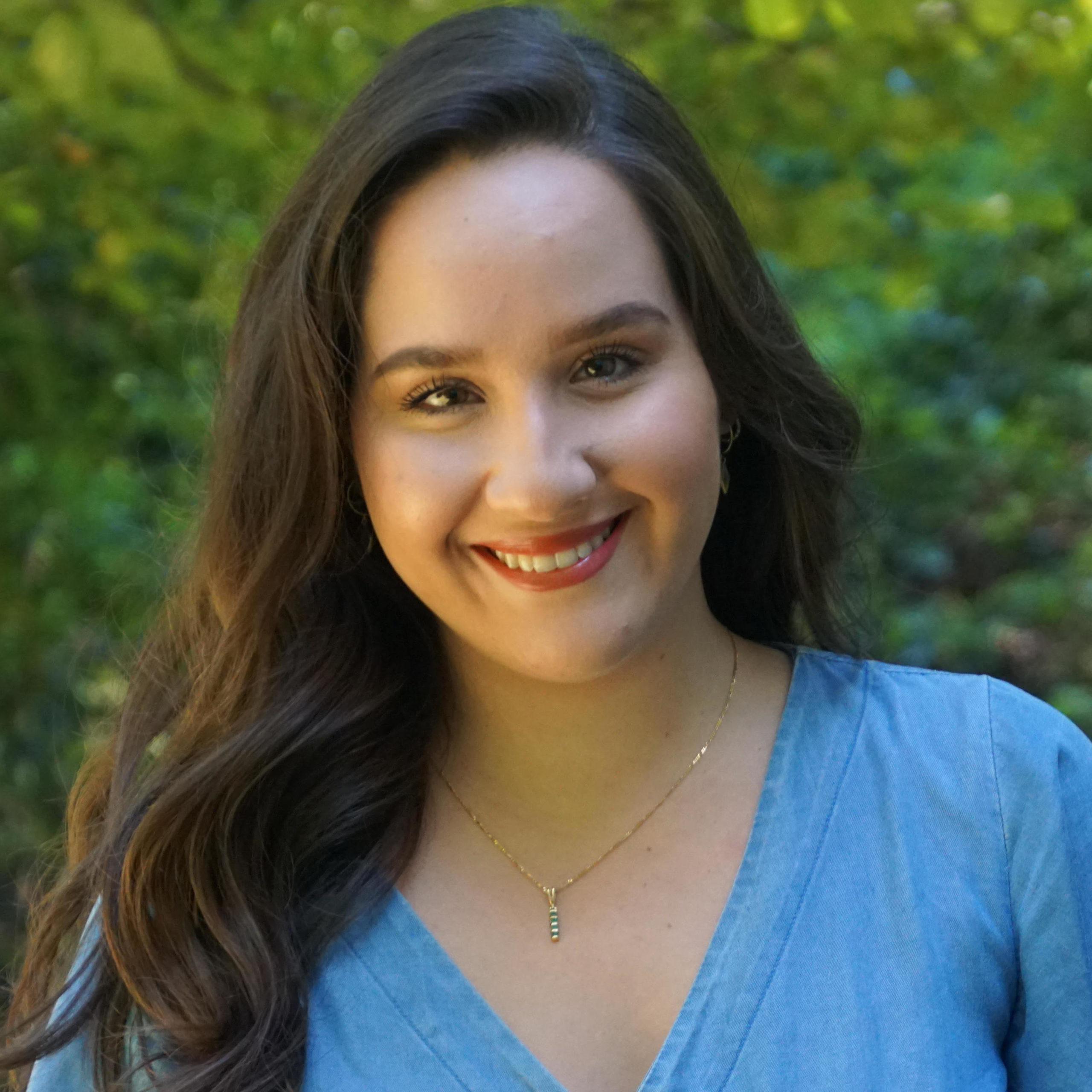After each mass shooting in the United States, we hear a lot of debate about gun policies and just how often these shootings happen.
On Feb. 13, a gunman fatally shot three Michigan State University students and critically injured five others in what some have defined as a “mass shooting.”
After the shooting, some news outlets and elected officials said that there had been more mass shootings than days so far in 2023.
Feb. 13 was the 44th day of 2023.
But a definitive answer to how many mass shootings there have been is difficult, because organizations tracking such shootings use different methodologies and definitions.
By one count, there have been 68 mass shootings so far in 2023 (including the one at Michigan State University). By other counts, there have been six — or even fewer. These widely divergent numbers can create confusion in the wake of another tragedy.
Saying that there have been more mass shootings than days so far in 2023 “is truly scaring the people” because that relies on just one definition of a mass shooting — four or more people shot, including injuries — and that definition is too wide, said James Alan Fox, a Northeastern University criminologist.
“They imagine an MSU kind of incident every day,” Fox said, and “that’s not the case.”
Some gun policy researchers and experts say the Michigan State University shooting should be considered a mass shooting based on the number of victims. That some were injured and not killed doesn’t diminish the incident and the community impact, some experts say.
Several unanswered questions remain about the shooting, including the motive. The shooter, Anthony Dwayne McRae, 43, was not affiliated with the university and fatally shot himself, according to police.
The shooting occurred hours before the anniversary of the 2018 mass shooting at Marjory Stoneman Douglas High School in Parkland, Florida.
How are mass shootings defined?
There is no widely agreed upon definition for mass shootings. Different groups measure mass shootings based on the number of people shot, injured or killed. Some groups exclude gang violence or domestic violence from their counts and include only indiscriminate violence, where a shooter fires a gun at random in public.
Here is how some groups define mass shootings or mass killings:
- Gun Violence Archive, a data collection and research group, defines mass shootings as an incident in which at least four people are injured or killed, excluding the shooter. Based on this definition, there have been 68 mass shootings in 2023.
- Everytown for Gun Safety, a gun control advocacy group, defines mass shootings as any incident in which four or more people are shot and killed, excluding the shooter. The Congressional Research Service uses a similar definition. By this definition, there have been six mass shootings in 2023.
- USA Today, The Associated Press and Northeastern University keep a mass killings database, tracking incidents in which four or more people, excluding the offender, were killed within a 24-hour time frame (this database tracks incidents where the offender used a firearm or other weapons). There have been six such mass killings in 2023.
- In 2013, the FBI defined mass shootings as any incident in which at least four people were shot and killed. The agency does not have an up-to-date counter on how many such mass shootings have happened in 2023.
- After the 2012 shooting at Sandy Hook Elementary School in Newtown, Connecticut, Congress in a 2013 law defined “mass killings” as three or more killings in one incident.
- Mother Jones, a left-leaning news outlet, keeps an open-source database of mass shootings. Since 2013, Mother Jones has tracked any incident with at least three victims. (The outlet used a different methodology before 2013.) It excludes armed robbery or gang violence shootings and other incidents “stemming from more conventionally motivated crimes.” Its database has counted three mass shootings in 2023.
Because of the different definitions, there are often discrepancies when people cite the number of mass shootings that have occurred in any given time period. Whatever number is used, It’s important to understand what is included and excluded from the data.
These differences in definitions also exist for school shootings.
Experts distinguish between certain types of mass shootings
Gun violence experts have debated the best definition to use.
Fox told PolitiFact that The Associated Press/USA Today/Northeastern University Mass Killing Database defines large casualty events as ones in which more than four victims are killed. The database includes fatal incidents in which the weapon was not a gun, such as the 2022 University of Idaho stabbings.
Fox said the threshold of four fatal victims goes back to the 1980s, when the FBI used it to define multiple homicides.
Jaclyn Schildkraut, a gun violence researcher at the Rockefeller Institute of Government, told PolitiFact she can’t see any reason why the Michigan State University shooting should not be considered a mass shooting.
“Just because four people didn’t die does not mean that the perpetrator did not intend for them to,” said Schildkraut, who is the Regional Gun Violence Research Consortium’s executive director.
Schildkraut said there are many reasons some people who are shot don’t die, including the type of weapon used, what part of their body was hit and how fast they received medical assistance.
Defining mass shootings solely on a numerical threshold fails to account for nuances that would affect policy and legislative efforts, Schildkraut said. For instance, most mass public shootings involve planning and premeditation, leaving crucial time for the threat to potentially be prevented. This differs from spontaneous forms of gun violence that may be harder to prevent using threat assessment policies.
“So, while the number may not be as consequential to the definition, the contextual factors certainly are,” Schildkraut said.
Also, databases that define mass shootings only by fatalities do not capture the full extent of harm inflicted on people who survive gun violence, said Kelly Drane, research director at Giffords Law Center to Prevent Gun Violence, a national nonprofit public interest law center.
For example, earlier this year, 12 people were injured in a mass shooting at a Baton Rouge, Louisiana, nightclub — that caused trauma for those who were shot, witnesses and the community, Drane said.
Overall, multiple definitions for mass shootings sow confusion about the prevalence of these events and can hamper policy efforts to address gun violence, Drane said.
“When policymakers and the public are sorting through contradicting information about the number and frequency of mass shootings,” Drane said, “that can sow doubt in truthful information and distract from larger discussions of gun policy solutions.”
This article was originally published by PolitiFact, which is part of the Poynter Institute. See the sources here.








